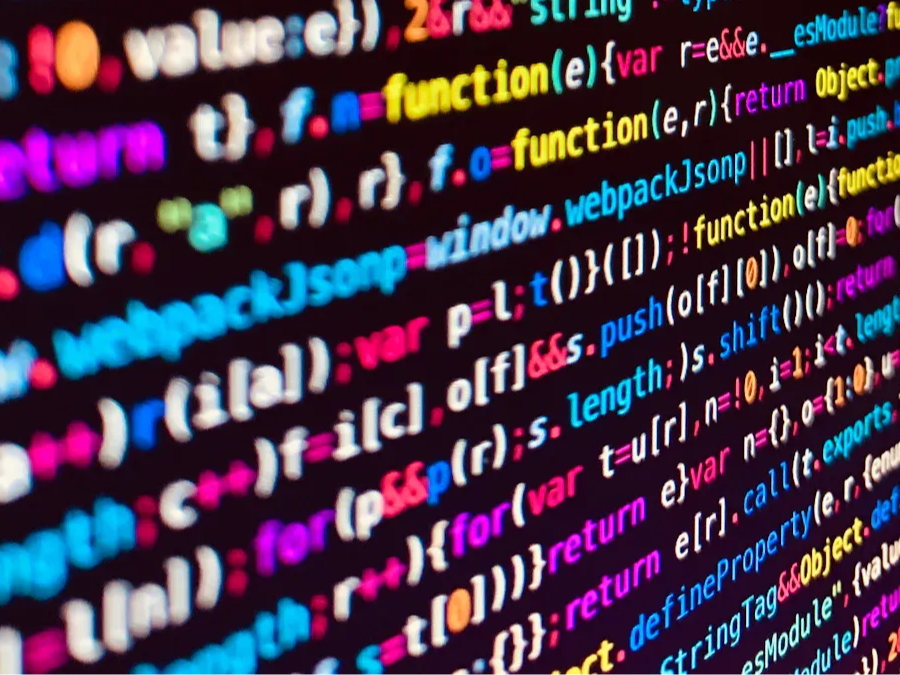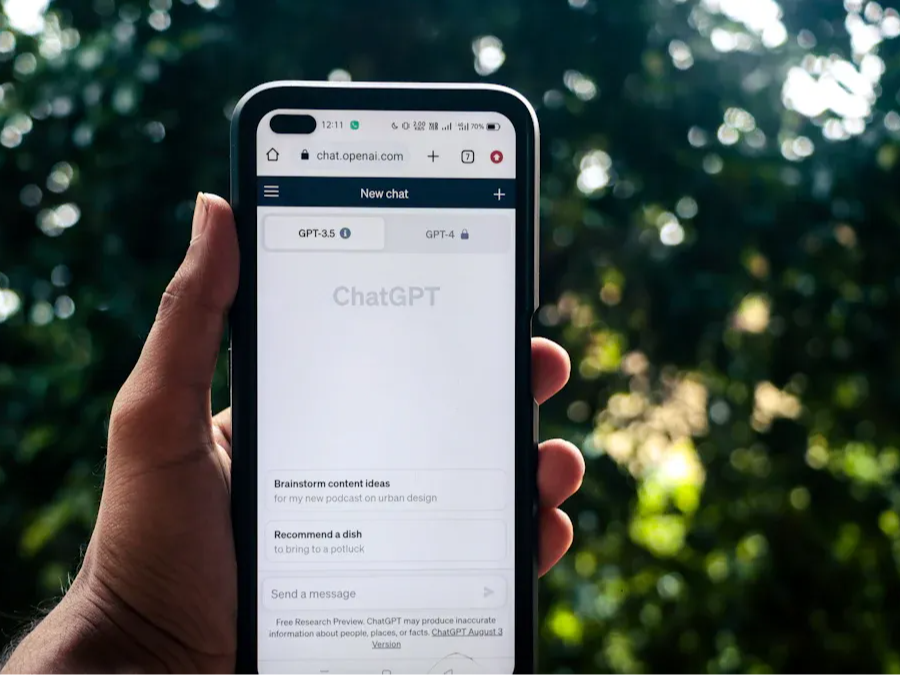Video Diffusion Models (VDM) are a type of diffusion model used for video generation, representing a significant milestone in generative model research. This model is a natural extension of the standard image diffusion architecture and can be jointly trained from both image and video data, helping to reduce the variance of mini-batch gradients and accelerate optimization. VDM employs a 3D U-Net diffusion model architecture to train and generate a fixed number of video frames, and extends the length and resolution of videos through new techniques for conditional generation.
What is a Video Diffusion Model?
Video Diffusion Models (VDM) are generative models that combine the strengths of Variational Autoencoders (VAE) and diffusion models. The core idea of VDM is to conduct the diffusion process in the latent space rather than directly operating in the high-dimensional data space. This approach allows VDM to significantly reduce computational costs while maintaining the quality of data generation.
How Video Diffusion Models Work?
VDM introduces latent variables z to map high-dimensional data x into a low-dimensional latent space. Utilizing the variational method of VAE, VDM transforms data x into latent vectors z through an encoder and reconstructs the latent vectors z back into the data space via a decoder. In the latent space, VDM defines a forward diffusion process and a reverse diffusion process: the forward diffusion process gradually adds noise to the latent vector z0, generating noisy latent vectors zt until their distribution approximates a standard normal distribution; the reverse diffusion process samples initial noise zT from a standard normal distribution and gradually removes noise through the reverse diffusion process, restoring the original latent vector z0, which is then used by the decoder to generate data x.
The training objective of VDM is to maximize the log-likelihood of the data logp0(x). Through variational derivation, the loss function can be represented as the sum of KL divergences at each time step. The training process of VDM includes training the VAE and the diffusion model, while the sampling process generates new latent vectors through reverse diffusion and ultimately generates data via the decoder.
Main Applications of Video Diffusion Models?
Video Diffusion Models (VDM) have a wide range of applications, including video generation, video editing, and video understanding:
Video Generation: One of the most direct applications of VDM, which can be divided into unconditional video generation and conditional video generation.
Video Editing: Another important application area of VDM, allowing users to guide the editing process of video content through natural language descriptions or other modal inputs.
Video Understanding: Involves the analysis and interpretation of video content, with applications including video classification, action recognition, and video description generation.
Video Prediction: Predicting future frames based on the first few frames of a video, with applications including future frame prediction and video completion.
Video Stylization and Transformation: VDM can also be used for video stylization and transformation, such as converting ordinary videos into cartoon or oil painting styles.
Video Summarization and Keyframe Extraction: VDM can also be used for video summarization and keyframe extraction, which is useful for quick browsing and understanding of video content.
Video Enhancement and Restoration: Applications of VDM in video enhancement and restoration include improving video resolution, noise removal, and repairing damaged videos.
Challenges Faced by Video Diffusion Models
Collection of Large-Scale Text-Video Datasets: High-quality text-video datasets are crucial for training effective video diffusion models. Currently, while there are some large-scale image datasets like ImageNet and COCO, the scale and quality of video datasets still need improvement.
Efficient Training and Inference: Video data is significantly larger than image data, requiring exponentially more computational resources during training and inference. For example, generating a high-definition video may require tens or even hundreds of times more computational resources than generating a single image.
Quality and Diversity of Generated Videos: Although video diffusion models have made significant progress in video generation, there is still room for improvement in the quality and diversity of generated videos.
Controllability of Video Generation: Compared to image generation, video generation requires consideration of more elements, such as fine camera movements and complex character actions. Existing video diffusion models still have limitations in controllable generation, and models may not accurately capture detailed information in the text.
Spatiotemporal Consistency in Video Editing: Video editing tasks require models to edit based on user-provided text descriptions or other conditions while maintaining the consistency of the original video content. Existing video diffusion models often struggle to maintain spatiotemporal consistency during editing, leading to flickering or content distortion.
Challenges in Video Understanding Tasks: The application of video diffusion models in video understanding tasks also faces a series of challenges. For example, in tasks like video classification and action recognition, models need to accurately understand video content and make correct judgments.
Improvement of Evaluation Metrics: Evaluation metrics are important tools for measuring the performance of video diffusion models. However, existing evaluation metrics often focus on measuring the distribution difference between generated videos and real videos, failing to comprehensively assess the quality of generated videos.
Generalization Ability of Models: The generalization ability of video diffusion models refers to the performance of models when faced with new, unseen data. Existing video diffusion models often perform well on specific datasets but may see a decline in performance when generalized to new datasets or real-world application scenarios.
Development Prospects of Video Diffusion Models
Video Diffusion Models (VDM), as an emerging AI video generation technology, are rapidly changing the way we create and understand video content. With the success of diffusion models in image generation and editing, VDM will continue to maintain its leading position in video generation technology through technological innovation, achieving higher quality and more realistic video content generation. VDM will demonstrate its transformative potential in multiple fields, including creative content production, virtual reality and the metaverse, education and training, medical imaging, and game development, bringing new possibilities and innovative opportunities to these areas. Facing the challenge of the enormous computational resources required for generating high-quality videos, future research on VDM will focus on improving the training and inference efficiency of models, reducing computational costs, and making them more suitable for large-scale applications. To enhance the controllability of video generation, VDM will develop more refined conditional control techniques and enhance the interpretability of models, allowing users to better understand and trust AI-generated video content. The development of VDM requires interdisciplinary collaboration, combining expertise from computer vision, machine learning, data science, and other fields to jointly advance technological progress. In summary, the development prospects of Video Diffusion Models (VDM) are vast, driving the rapid development of AI video generation technology and playing an important role in multiple industries, bringing revolutionary changes to digital content creation and understanding.








